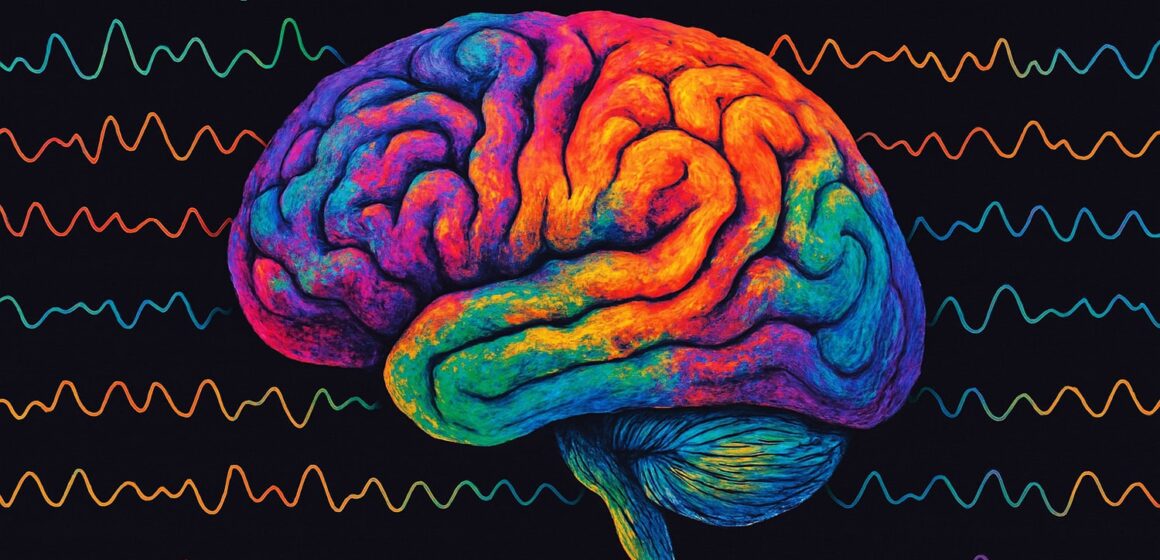
Introduction: A New Lens on Anxiety
Anxiety isn’t just a fleeting feeling; for many young people, it’s a persistent challenge that affects daily life. Recent research links youth anxiety to unique brain-connectivity patterns, offering fresh insight into its roots..
The Brain’s Attention Networks and Anxiety
Notably, a study published in Biological Psychiatry: Cognitive Neuroscience and Neuroimaging examined the brain activity of adolescents with Generalized Anxiety Disorder (GAD). Furthermore, researchers found increased connectivity in the ventral attention network, linked to detecting unexpected stimuli. This heightened connectivity may make anxious youth overly alert and easily distracted.
Additionally, the study found increased links between the amygdala and attention-related brain regions. These findings suggest youth anxiety is linked to an overly reactive brain, making symptoms feel overwhelming.
Implications for Young People
Understanding these brain connectivity patterns has significant implications for young individuals experiencing anxiety:
- Early Identification: In fact, recognizing these neural markers can lead to earlier diagnosis and intervention, potentially preventing the progression of anxiety disorders.
- Personalized Treatment: Therapies can be tailored to target specific brain networks involved in an individual’s anxiety, improving treatment efficacy.
- Reducing Stigma: Framing anxiety as a condition with identifiable brain patterns can help destigmatize mental health issues, encouraging more young people to seek help.
The Role of Cognitive Behavioral Therapy (CBT)
Cognitive Behavioral Therapy (CBT) has been shown to alter brain activity in children with anxiety. CBT reduces activity in brain regions involved in attention and emotion.
This makes anxious children’s brain patterns more like those of their non-anxious peers.
Additionally, this evidence shows CBT can ease symptoms and alter the brain activity linked to anxiety..
Moving Forward: Hope and Action
The discovery of altered brain connectivity in youth with anxiety offers a hopeful perspective. Furthermore, it highlights the need for early intervention and the potential of CBT to improve brain function.
Finally, for young people grappling with anxiety, these findings affirm that their experiences have a biological basis and that effective, science-backed treatments are available. Also, by continuing to explore the brain’s role in anxiety, we can develop more targeted interventions and support systems to help youth navigate and overcome these challenges.
https://insidesuccessmagazine.com/category/health
Zita Salum, a British, Tanzanian journalist with a London heart, is making waves in the world of media. Born and Raised in Hackney London, she discovered her passion for storytelling at a young age. Her journey began as an admin for the Inside Success magazine, but her talent quickly shone through. Zita's ability to craft compelling narratives and her knack for capturing the essence of a story led her to become an editor for the magazine.
From there, her career soared. Zita has contributed to a diverse range of publications, including the prestigious W magazine, showcasing her versatility as a writer. Her expertise spans across industries such as music, corporate, political, sports, arts, and fashion. Beyond her written work, Zita has also excelled in broadcast journalism. Her natural ability to connect with interviewees and her engaging hosting style have made her a sought-after talent in the industry.
In her free time, Zita is a dedicated networker, attending industry events and immersing herself in the latest trends. She is also passionate about investigative journalism and has produced creative documentaries that shed light on important issues. With her talent, drive, and unwavering commitment to her craft, Zita Salum is undoubtedly a rising star in the world of journalism.




Leave a Reply
You must be logged in to post a comment.